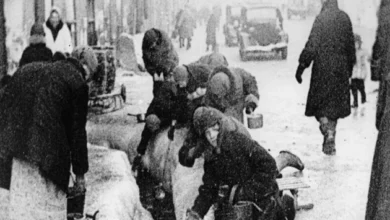How the weather has changed world history

Sometimes people forget how powerful Mother Nature is in their lives. People prefer to believe that they have decided and planned everything, but as the following examples demonstrate, even the best-laid plans may be disrupted by the weather, for better or worse.
Here are 10 examples of natural events changing the path of important events and, as a result, changing the course of history.
1. Bombing of Nagasaki
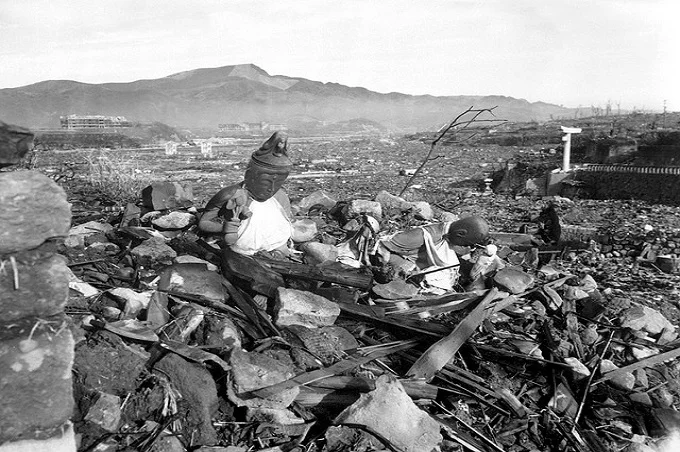
The tragic fate of the city of Nagasaki could have been avoided if not for a few clouds. The infamous atomic bomb was originally intended for the Japanese city of Kokura, which housed one of Japan’s largest arsenals. When the American bomber Bockscar took off from Tinian Island on Aug. 9, 1945, Nagasaki was not its target.
Pilot Charles W. Sweeney circled the area several times before deciding to move on to the second objective of the mission, Nagasaki. However, as the bomber approached the city, dense clouds obscured its target. So the clouds that spared one city doomed another to destruction. To get the latest stories, install our app here
At 10:58 local time, Bockscar dropped a nuclear bomb, killing about 35,000 people and destroying 44% of the city.
2. Napoleonic invasion of Russia

Russians owe a lot to the extremely harsh winters in their country. With the exception of the Mongols of the early 13th century, no forces could conquer Russia due to harsh weather conditions. Of course, this fact did not stop Napoleon Bonaparte, who was known to be a little self-confident, and his fellow officers, who were against it.
In 1812, 600,000 men and about 200,000 horses invaded Russia. Only about 100,000 soldiers returned to France. Many horses died from the cold, and without them, the army could not transport weapons and supplies.
Famine and disease soon set in, and when Napoleon realized defeat was inevitable, he abandoned his army and returned home on a sleigh to prevent a coup.
3. Dust storms
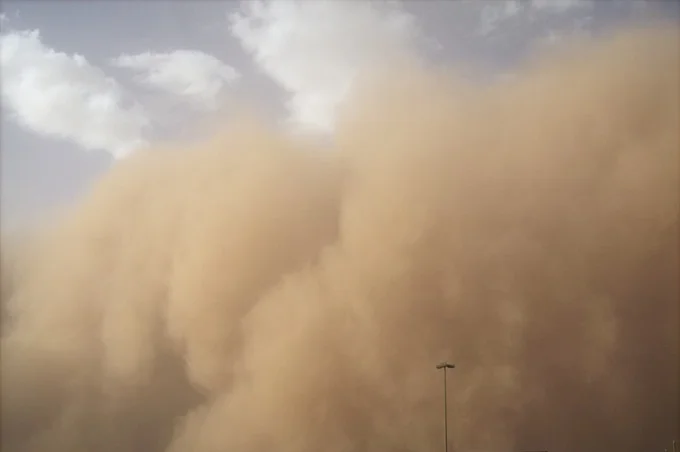
While the rest of the US battled the Great Depression that hit in 1929, Southern Plains farmers continued to grow their crops and make money. In 1931 they were out of luck.
As a result of a severe drought that hit the region in 1930, crops became barren, and farmland was left empty. Soil erosion led to massive dust storms and economic devastation that lasted a decade, and prosperous farmers were most at risk. To get the latest stories, install our app here
The course of history in the Southern Plains changed forever. Many families have moved west. Regular rains only returned to the area in 1939, ending years of dust storms, but population decline in the hardest-hit counties continued well into the 1950s.
4. Hitler’s invasion of the territory of the Soviet Union
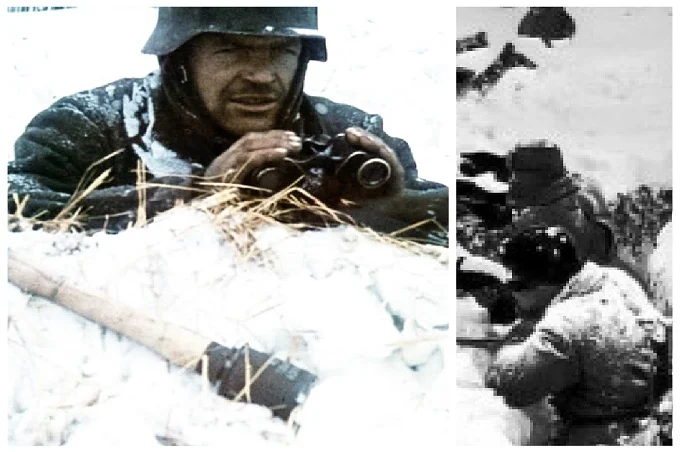
Another leader who did not take seriously enough not only the army of the Soviet Union but also the Russian winters and refused to learn from Napoleon’s failures was Adolf Hitler.
On Jun. 22, 1941, he brought his troops here, confident that the “Operation Barbarossa” campaign would be quick and all conquest affairs would be completed by October. Hitler and his army were so presumptuous that they left their winter gear at home.
“The terrible cold of that winter had the strangest consequences. As everyone knows, the German army was practically destroyed by the brutal cold. Thousands and thousands of soldiers lost limbs. Hundreds and thousands had frostbitten ears, noses, fingers…,” wrote Italian journalist Curzio Malaparte. Operation Barbarossa was the beginning of the end of the Third Reich.
5. Witch Hunt
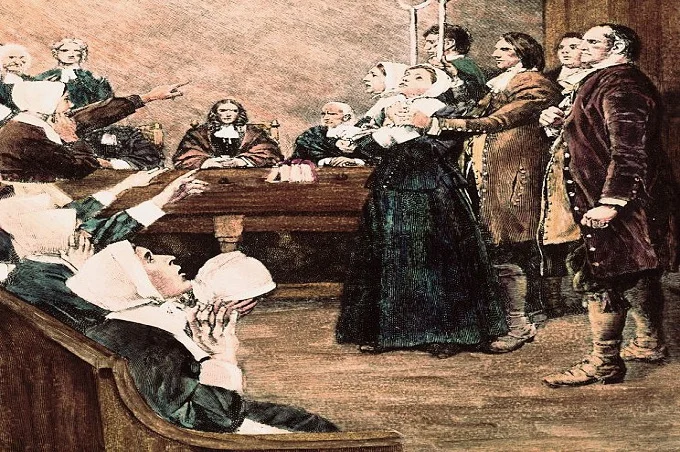
Between the 15th and 18th centuries, Europe and North America experienced the Little Ice Age period of cooling. Unfortunately, it was common to accuse women and girls of witchcraft involved in any unusual incident in those years.
The coldest part of this cooling coincided with a 75-year period beginning in 1645. The young girls, accused of controlling the weather, became the perfect scapegoat for crop failures. To get the latest stories, install our app here
Some diaries and sermons dating back to the Salem Witch Hunts indicate that the weather was significant for the prosecution.
6. Battle of Long Island
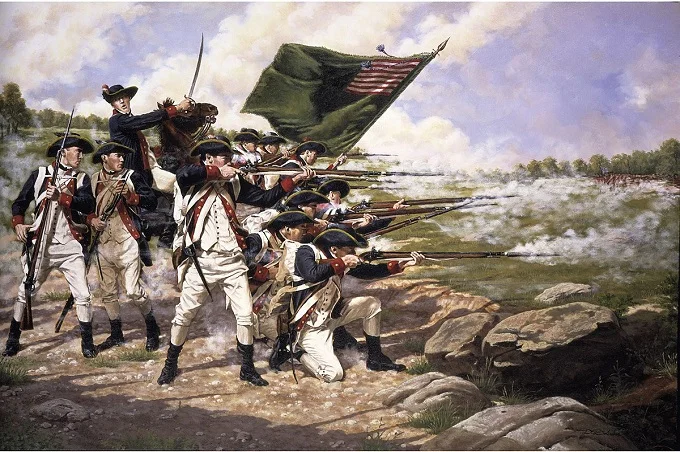
Despite the fact that the Battle of Long Island was a British success in the Revolutionary War, it might have been even more destructive if nature had not been on Commander-in-Chief George Washington’s side. The British forces on Long Island decided it was time to cross the East River from Brooklyn to Manhattan and retreat after a week of fighting.
The troops began their crossing at night, but most of the Continental Army was still on the other side of the river by morning. If the British had seen them, they would most likely have been killed.
However, it was a very foggy morning. The fog was so thick that it obscured the crossing troops, and by the time it cleared, the entire army had reached safety. Washington itself was one of the last to retreat. If not for that fog, General Washington might have been captured, and the war might have taken a very different turn.
7. The kamikaze “divine wind”
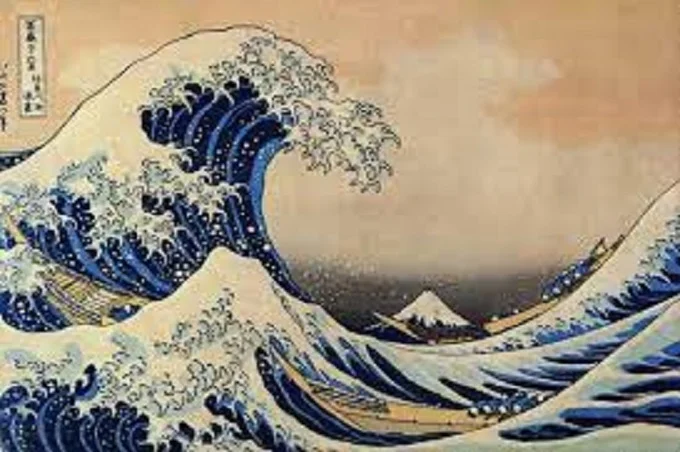
In the 13th century, Kublai Khan, the grandson of Genghis Khan, took the throne of the Mongol Empire, defeated southern China, and united the country under the rule of the newly formed Yuan dynasty. He then set his sights on the islands of Japan.
After several unsuccessful attempts to persuade the Japanese emperor to surrender, the Mongol army attacked. The Japanese fighting style was entirely unsuited for the big Mongol army and its 900 ships. Fortunately for the samurai who were supposed to fight, a powerful typhoon hit the coast and destroyed the attacking fleet and most of the army. Kublai Khan did not give up. To get the latest stories, install our app here
Seven years later, he gathered an even larger force to take over the islands once and for all. Mother Nature intervened again, wrecking all but a few hundred ships in a violent storm. As the story goes, the emperor “summoned” the kamikaze, or divine winds, to save Japan.
8. The hailstorm that launched a revolution
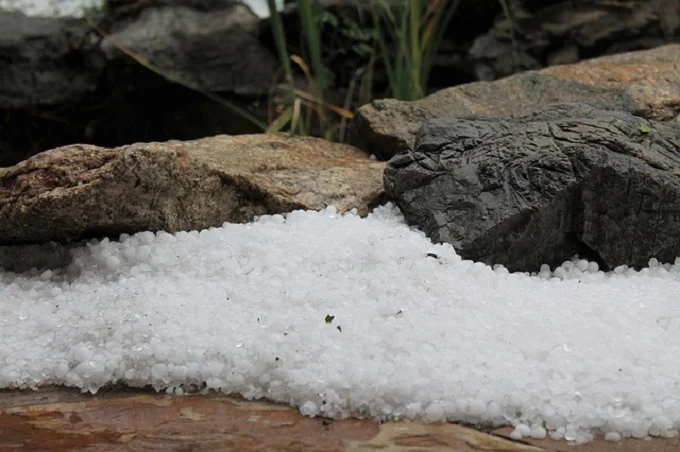
A violent hailstorm hit France in July 1788, destroying crops and resulting in the worst harvest in 40 years. Bread prices soared due to the grain crisis, leading to starvation, famine, and illness. The peasants were already suffering from excessive unemployment, and the kingdom was on the verge of bankruptcy due to Louis XV’s multiple conflicts.
The starving people were eager for radical change, and the French Revolution arrived soon after.
9. Galveston Hurricane

Galveston is prone to hurricanes due to its position on a low-lying barrier island off the Texas coast, notably the 1900 hurricane. Galveston was the wealthiest city in Texas and the third wealthiest nation on Sept. 8, the day it was hit. Few structures survived once it was over, and a quarter of the people had died. To get the latest stories, install our app here
The storm was expected to hit the Atlantic Coast, according to weather forecasts. Although the weather service’s equipment was swept away, the storm was assessed to have 135 mph winds at landfall, making it a Category 4 hurricane. By the time it reached Galveston, bridges to the mainland had been destroyed, preventing residents from fleeing. Buildings were washed away as far as six blocks inland, splintering the remainder of the town. A total of 6,000 to 10,000 persons were killed. Rescuers dumped bodies at sea, and when a large number of them washed ashore, they built funeral pyres.
10. Mayan civilization faces collapse due to drought
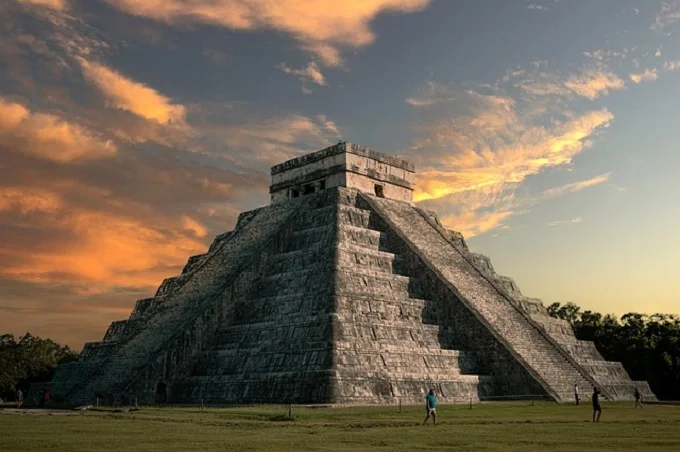
The Mayan civilization was one of Mesoamerica’s most well-known civilizations. They first appeared about 1800 BC and peaked around 800 AD. They farmed maize, beans, and squash, mainly in a slash-and-burn style. They created about 40 cities and mastered mathematics, astronomy, and calendar keeping. To get the latest stories, install our app here
There is no evidence of significant improvements beyond roughly 900 AD, and most of their towns were abandoned. Historians are still baffled as to what caused the incident, with some blaming civic instability or fighting. Since much of the Yucatan peninsula depends significantly on rain for its water supply, a drought may signal calamity and bring even the Mighty Maya to their knees.



